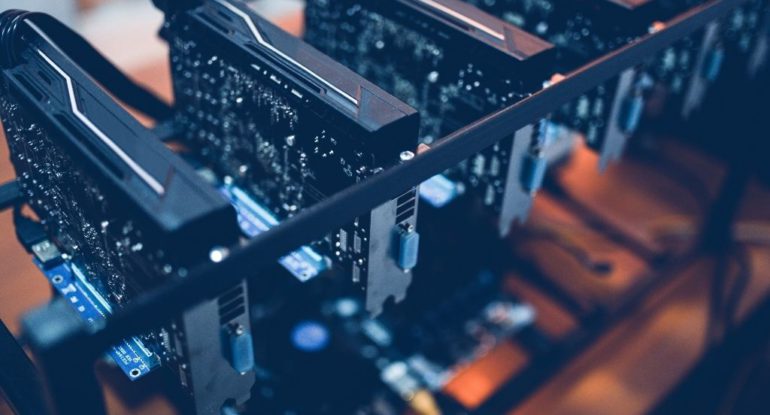5 Ways The Industrial Metaverse Will Impact Manufacturers

It may be argued that long before the term appeared, manufacturing had been at the forefront of the metaverse. In the previous century, Boeing used the internet to collaborate on designs. It is a commonplace for there to be connectivity from the manufacturer to suppliers and customers. The use of virtual and augmented reality in training is nothing new. As for PLM, Industry 4.0, Big Data, digital twins, and simulation tools, let’s not even begin.
These are common manufacturing tools. It is easy for manufacturers to gather these tools into a metaverse. According to Jon Hirschtick, the general manager of PTC’s Onshape division, the following are some advantages of the metaverse:
The metaverse will transform product design, and there are new ideas that designers need to consider while creating designs for the metaverse.
Digital twins will become even more lifelike and realistic thanks to the industry’s metaverse, enabling businesses to interact with them in-depth before building them in reality. Manufacturers may increase their physical world’s scalability, sustainability, and safety by understanding the “what ifs” and “how-tos.”
5 Ways the Industrial Metaverse Will Impact Manufacturers
1: Safely and quickly train staff
Several businesses have started using VR headsets to instruct staff members on how to operate and maintain equipment rather than having them utilize actual, potentially hazardous, difficult-to-use equipment.
2: Improvements can be found through simulations before actual deployments.
Digital twins, a technology that digitally recreates every element of an actual place or thing to create a virtual “twin,” are a component of the metaverse. Digital twins can be used in manufacturing to compare a product’s design to the actual thing created, check design defects, for example, or to up virtual environments for simulation.
3: Utilizing AR/VR for field service personnel to fix equipment
According to Rajat Gupta, senior director of Business Development for Autonomous Systems, Mixed Reality, and Metaverse at Microsoft, field service technicians and workers can also receive assistance with equipment maintenance and support through AR, VR, and MR technologies. This is similar to training scenarios for new frontline workers.
4: Virtual global product design collaboration
The epidemic has expedited VR-related action in product design for manufacturers, which is another significant sector. Design engineers can work remotely from anywhere in the world using VR to develop a virtual design. Engineers could work together on designs in conference rooms when everyone was in the office, but when everyone started working from home, a new solution was immediately required.
5:Making real objects based on digital designs
Virtual-to-virtual commerce, in which a video gamer can buy digital goods with real money, has been around for a while. However, new ideas are emerging in which designs in the virtual environment can manufacture physical objects. Manufacturers will have several options when the physical and virtual worlds merge, possibly creating new revenue sources.
The Metaverse’s Technology Hybridity
Even though manufacturers use various metaverse technologies, augmented reality is a key component. “For manufacturing, augmented reality is just as important as the metaverse. According to Hirschtick from Onshape, “digital information can include things like sensors in fixed locations providing data on a physical machine. In augmented reality, digital information is preferred to the physical world.
Also, read – The Seven Important Layers Of Metaverse
Augmented reality produces things that are almost physically real in the metaverse.
Manufacturers use metaverse technology early in the manufacturing process, starting with design and design-for-production. “Planning and design for manufacturing are done in augmented reality in the metaverse. The physical world is layered with the digital one. You may overlay the physical design to see how it appears in the real world, according to Hirschtick. “You can display the sensors or thermostats. You can examine the design and observe it in its natural setting. That’s crucial for accelerating innovation and saving time.
The manufacturing process also includes augmented reality, which educates workers. “Imagine a truck engine that is not entirely built. A red arrow indicating the next component to be assembled can be included in the digital information, according to Hirschtick. “A red arrow may also have a meter with torc information.”
As manufactured items get more and more digitally detailed, they start to resemble real-world objects. Hirschtick described it as a digital data collection with 3D special properties and object permanence that enables users to interact with the items much like they would in the real world.


























































